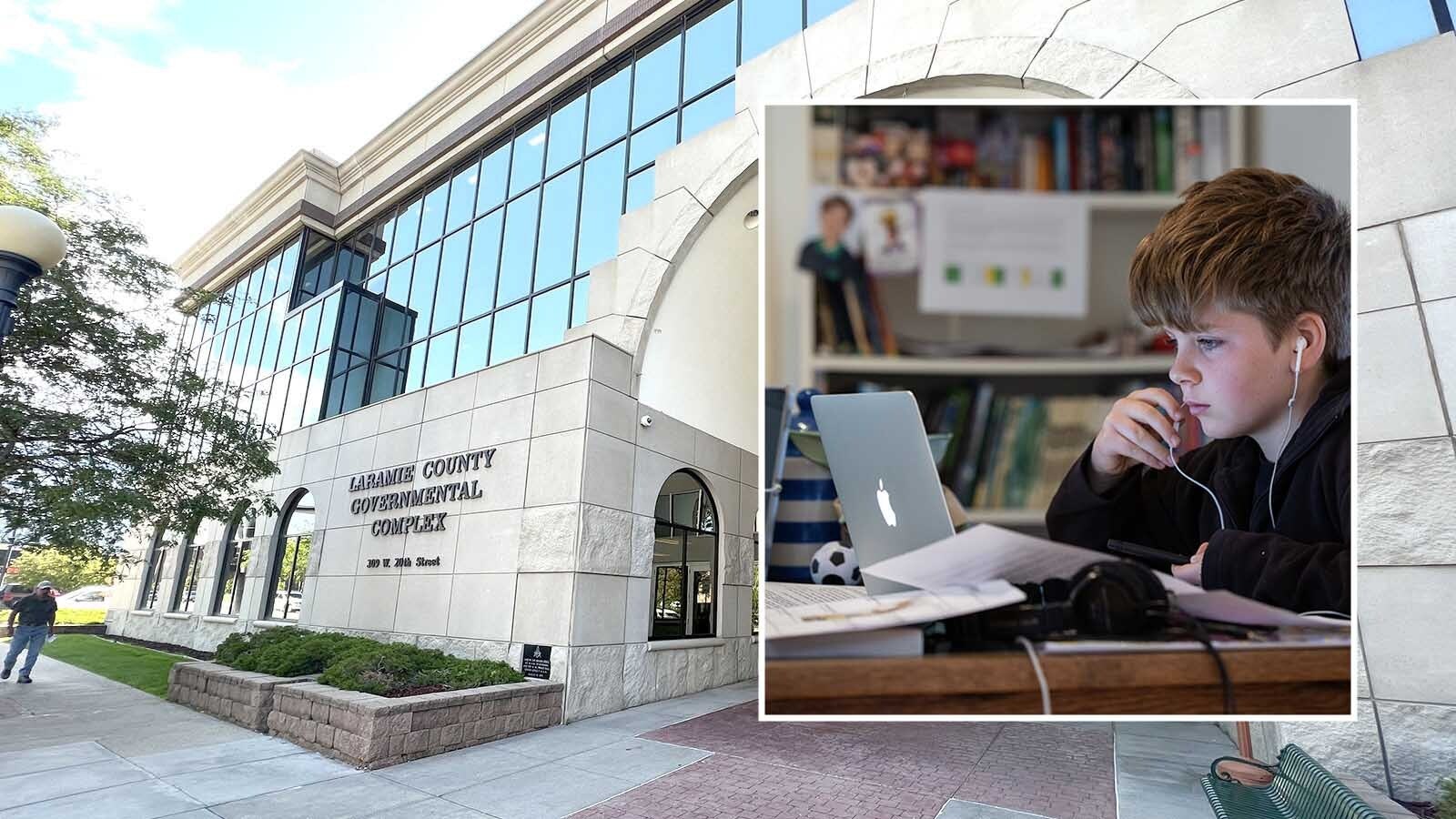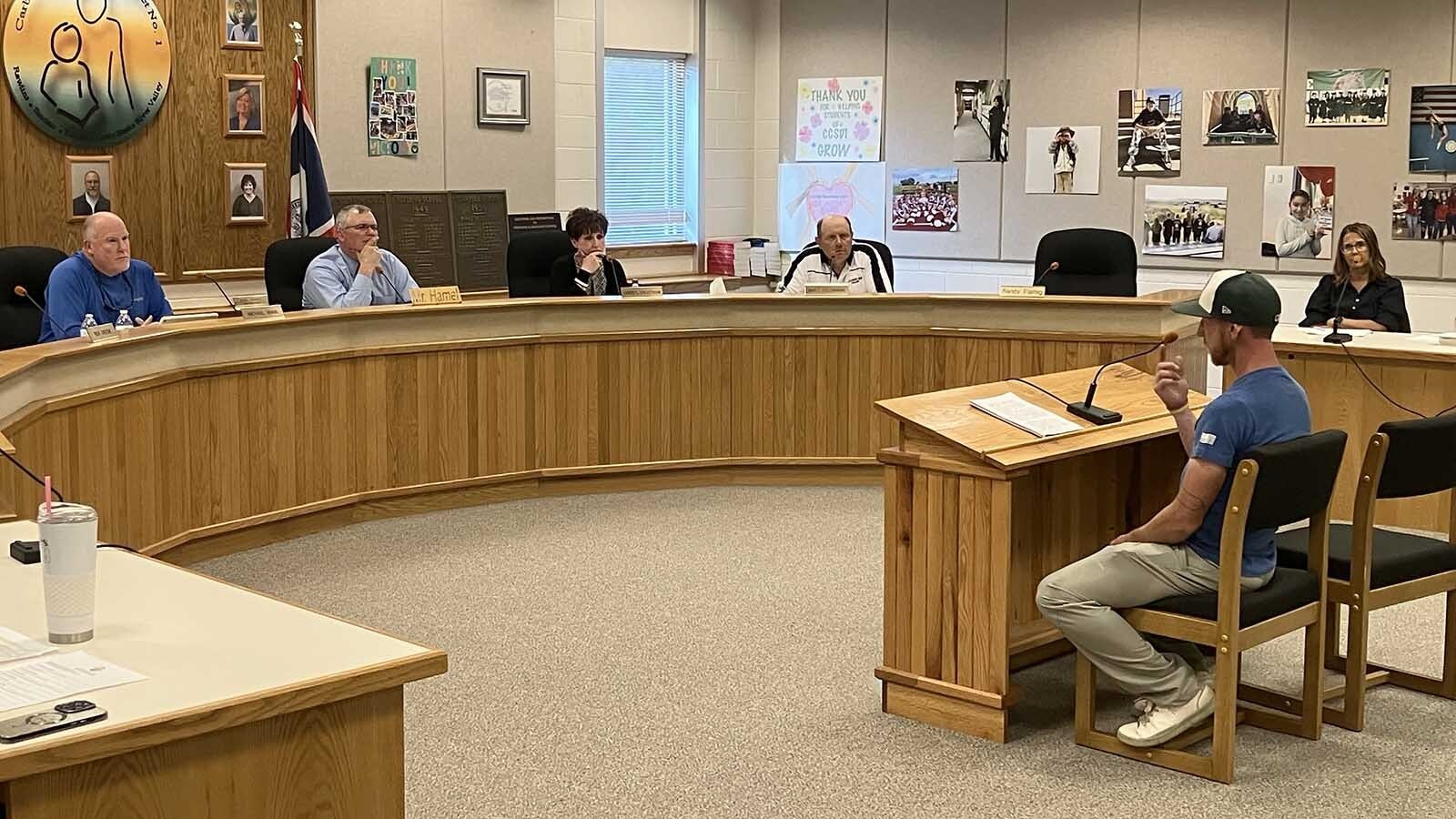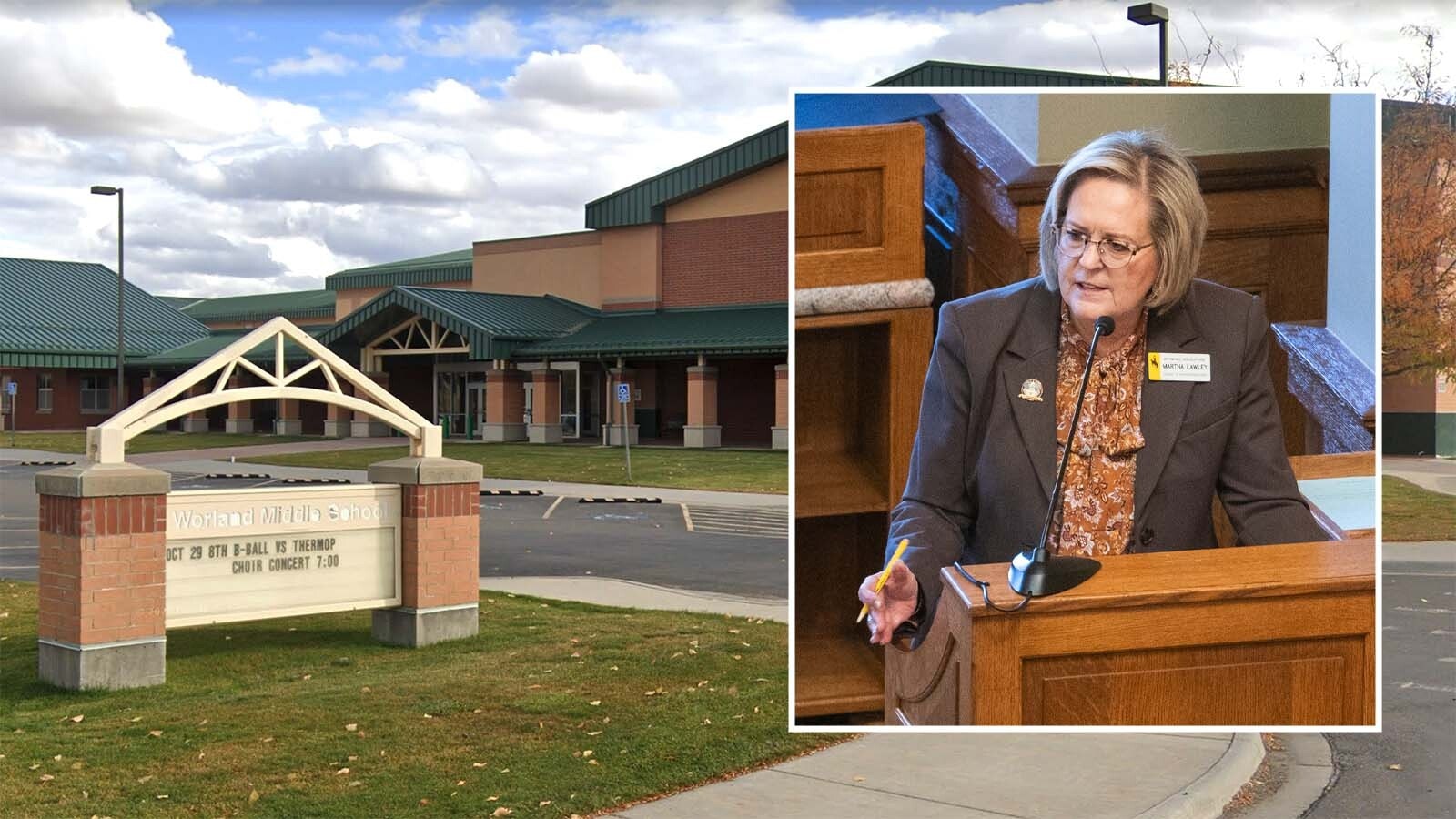Gillette resident Molly Wiesner may be facing more than $100,000 in student loan debt, but she wants no part of proposed federal student loan forgiveness programs being discussed nationally.
When her father was diagnosed with terminal cancer, Wiesner was forced to change her major and extend the amount of time it took her to complete her undergraduate degree at UW.
She went on to get a master’s degree in business, which she said helped her open two successful businesses that she runs with her husband.
But she knew what she was getting into, she said, when she applied for help to get through school.
“I wouldn’t be the person I am, nor would I be where I am professionally without my two degrees,” Wiesner said. “I have struggled just like everyone, lived off of practically nothing — but I signed those loan documents knowing it was a path to a better life, and it was.”
Broad Forgiveness Plans
The question of whether thousands of dollars in student debt faced by college graduates should be forgiven or whether the borrowers need to be responsible for paying their loans is on the minds of many Americans and Wyoming residents, especially with broad forgiveness plans under consideration.
President Joe Biden has proposed forgiving $10,000 to $50,000 in debt for those making less than $125,000 to $150,000 per year, according to news reports, about 97% of all student loan holders.
The move would cost the federal government $245 billion, according to the Committee for a Responsible Federal Budget.
Rep. Alexandria Ocasio-Cortez (D-New York) has been pushing the Biden Administration to forgive more student debt, saying the $10,000 minimum amounts to less than one-third of the average federal student loan burden of $37,000.
But the forgiveness of $10,000 could likely make a big difference for a graduate of University of Wyoming, a school with annual costs for in-state students of up to $18,000 per year.
More than half of the UW’s students graduate with no debt, said university Trustee David Fall.
Fall said he doesn’t support loan forgiveness, even though his daughter is still paying back loans for medical school. Fall’s son, who Fall loaned money to for college, is also repaying his father.
Fall said the real answer to the issue lies in tuition caps for colleges and universities so students can be taught the lessons of fiscal responsibility without the crippling debt that has accompanied a higher education in recent years.
Federalization of Loans
State Sen. Charles Scott (R-Casper), chair of the Legislature’s Education Committee, drafted the bill that created the Hathaway Scholarship, a program that provides tuition assistance for the University of Wyoming and the state’s community colleges for graduates of Wyoming high schools.
Scott told Cowboy State Daily on Wednesday he blames the escalating student debt on the federalization of student loans in 2010.
“When you’re a student you don’t realize how hard it’s going to be to pay off that kind of debt,” he said. “You’re going to have that hanging over you.”
Prior to 2010, private banks approved most loans to students at terms the federal government dictated, thus guaranteeing banks their returns.
In 2010, Congress dictated the federal government start making direct loans to students, cutting private banks out of the process, which Scott said allowed certain institutions and their faculty members to profit.
Scott said the change led to an increase in the number of borrowers and in the amount of money being approved for loans.
“When it was semi-private they showed some restraint,” Scott said. “They kept it from getting out of hand.”
Opponents of student loan forgiveness ague that being forced to pay off loans teaches students fiscal responsibility, while others have described forgiveness as a bailout for affluent college graduates.
However, the Washington Post reported some in the Biden administration have proposed only forgiving debt for undergraduate work.
Biden has already extended a moratorium on student loan payments to Aug. 31. The moratorium began in March 2020 under former President Donald Trump as a way to provide COVID relief.
The administration has argued pausing interest and payments on student loans has saved billions of dollars for 41 million student borrowers.
For And Against
Charles Pelkey, a Laramie attorney and former state representative, told Cowboy State Daily last week the respite from student loan payments has had a positive impact on the economy.
“Look at what’s happened with the student loan payment deferral, families have been able to buy homes or help with daycare costs,” he said. “These are people who were paying anywhere from 10% to 20% of their monthly income on student loan debt beforehand.”
Sen. Cynthia Lummis, however, said that simply forgiving student debt will not address the root of the problem — meeting the cost of higher education.
“Blanket bailouts of student loan debts don’t address the system that created this problem,” she said in a Facebook post. “Instead, it encourages institutions to raise tuition. We’ll be bailing borrowers out again if we bail them out now.”
Wiesner suggested adjusting the interest rates on student loans, the source of profit for loan providers, noting her interest rate is between 6% and 7%.
“Why do I pay more interest on my student loans than my mortgage?” she asked. “If anything, forgive the interest or cap it at 1% and let us pay the principal.”





